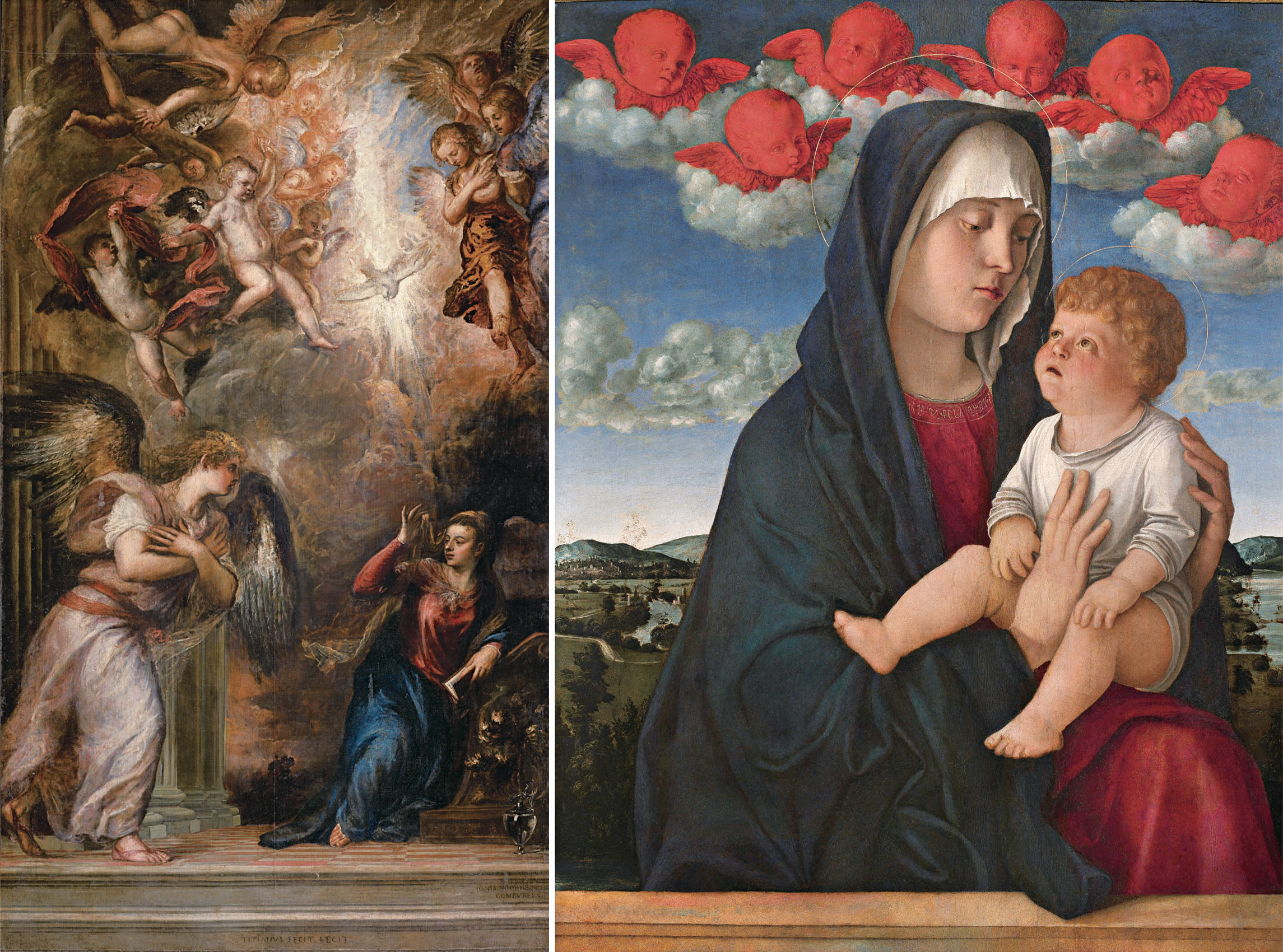Each part of Italy has its own character, but Venice has always been something special and unique. While much of Italy was reduced to insignificant statelets, for much of the peninsula's history Venice was quite the reverse. It projected power far across the Mediterranean and ran a large commercial empire that brought it into close contact both with northern Europe and parts of Asia.
Not surprisingly, this difference is reflected in its cultural and artistic traditions, something that can be seen at "Venetian Renaissance Painting: From the Galleria Dell'Accademia, Venice," the exhibition now on at the National Art Center, Tokyo.
The exhibition focuses on the highpoint of power and artistic prowess — two things that, interestingly, so often seem to go together. For Venice, this occurred from the 15th to the 17th century. There is a total of 57 paintings, many of them large, including works by such Old Masters as Giovanni Bellini, Titian (Tiziano Vecellio), Jacopo Tintoretto and Paolo Veronese.

















With your current subscription plan you can comment on stories. However, before writing your first comment, please create a display name in the Profile section of your subscriber account page.